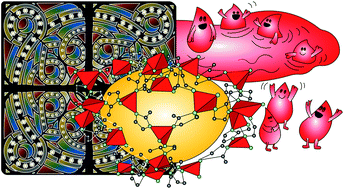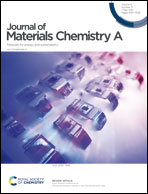Metal–organic frameworks (MOFs) beyond crystallinity: amorphous MOFs, MOF liquids and MOF glasses†
Abstract
The field of metal–organic frameworks (MOFs) has been incorrectly believed to be purely crystalline. However, non-crystalline MOFs (amorphous MOFs, MOF liquids, and MOF glasses) are starting to emerge as alternative materials, beyond the dictatorial domain of crystalline MOFs. Non-crystalline MOFs present many opportunities, either as novel functional materials themselves, or as vehicles to create other materials. In this extensive Review, we describe the two approaches to preparing amorphous MOFs: (1) the amorphization of crystalline MOFs and (2) the direct synthesis. Special attention is paid to the relationship between preparation method, properties and applications of amorphous MOFs. We also explore the field of MOF liquids and their applications, centering our attention to the phenomenon of melting. Finally, MOF glasses are explained. We highlight the properties and applications of the MOF glasses that are not usually found in crystalline MOFs. New related glass materials such as MOF-blends, flux melted MOFs, MOF crystal-glass composites, MOF and inorganic glass composites, and MOF glass membranes are also reviewed. We conclude the fields of amorphous MOFs, MOF liquids, and MOF glasses by presenting our thoughts on the possible future research directions.

- This article is part of the themed collection: 2021 Journal of Materials Chemistry A most popular articles


 Please wait while we load your content...
Please wait while we load your content...